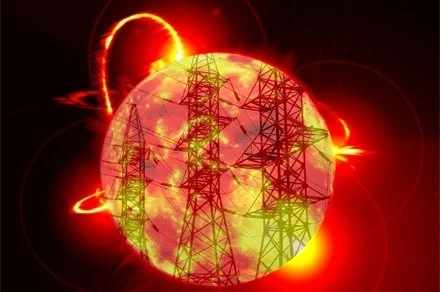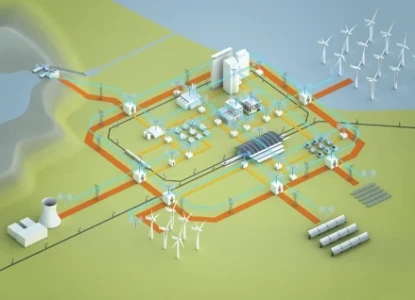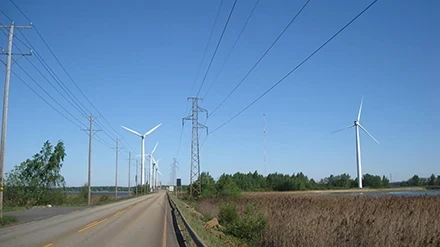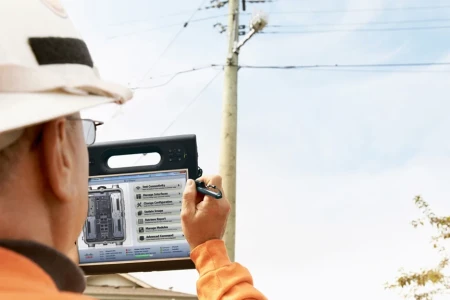Communications, Data Hardening, and the Smart Grid

The SmartGrid continues to expand and gather new functions as needs evolve. Automated metering, relay operation, RTU operation, electric management systems, remedial action schemes, SCADA, field reclosers, Synchrophasors, remote access, weather, and earthquake monitoring and future needs still yet to be identified. All these operations require low latency, low jitter communications network. The data being transported and the devices functioning on the network require a secure, authenticated and guarded system to operate. Data hardening implies that the data moving across the system is protected and monitored to ensure transmission of mission critical operational information.
There are three primary communications protocols, Modbus, DNP3, and IEC61850, with numerous secondaries. Modbus is primarily poll based and not real-time. DNP3 operates in near real time while using TCP messaging as it requires an acknowledgment and real time if exceptions are used. IEC61850 is a real-time protocol that requires high time accuracy. IEEE 1588 Precision time protocol is the current high accuracy time protocol that utilizes IP networks. It uses Ethernet networks primarily as the transport conduit and requires hardware enhancements to the network switches and routers to perform optimally, producing time accuracy down to the low nanoseconds. IRIG is another common high accuracy time system that is supported out of band using coax and serial connections to reach the relays, RTUs, and other end devices in substations. Precision time protocol uses the Ethernet network to reach those same end devices.
Read full article in the Special POWER SYSTEM RELIABILITY Issue 2020









